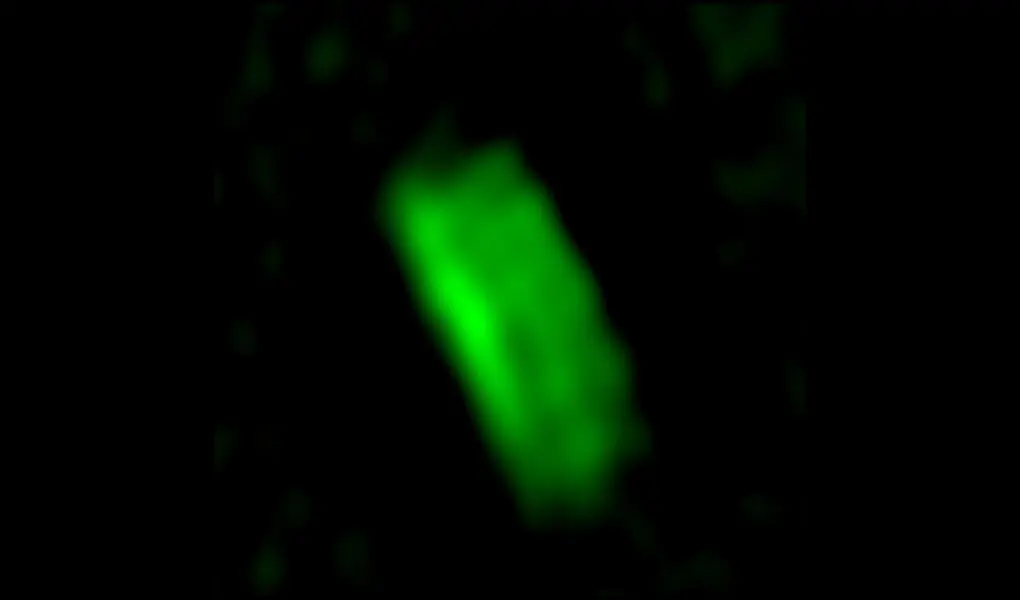ALMA Captures Detailed Image of Young Protostellar Disk with Spiral Arm
4 July, 2023 / Read time: 3 minutes
ALMA was used to explore one of the youngest known protostellar disks, unraveling a spiral structure that could be pivotal in planet formation.
ALMA has allowed the research team to delve into the dawn of star and planet formation. In a system called HH 211 in Perseus, 1000 light-years away, a team led by Chin-Fei Lee of the Academia Sinica Institute of Astronomy and Astrophysics (ASIAA) in Taiwan has detected one of the youngest known protostellar disks. The disk, which is only about 35,000 years old, is of a size comparable to the orbit of Uranus and harbors a surprising spiral structure.
The team identified a spiral arm within the disk, which could be playing a crucial role in transporting material towards the central protostar. This is fundamental for star and planet formation. Moreover, the spiral arm appears to be clumpy, which suggests that planet formation might be beginning.
Using ALMA, they obtained a detailed image of the disk in dust emission. They applied a high-pass filter to reveal the internal structures of the disk, including the spiral arm.
This discovery helps the astronomical community understand how stars and planets form in the very early stages of stellar system evolution. The finding of a spiral arm in such a young disk suggests that these arms might be a common feature in protostellar disk formation.
“We are so excited to have detected and resolved the young HH 211 disk, unveiling the early structure of the protostellar disk. Our detection of a spiral arm in the disk midplane also has an important implication to the accretion process because spiral arms have been predicted to transport the disk material inward toward the central protostars,” commented Chin-Fei Lee, who is the leading author of this work. “The observed spiral appears clumpy and may start to form planets.”
The image captured by ALMA shows the protostellar disk and its spiral arm in detail. The research team created a model based on the image that reproduces the structure of the disk and the spiral arm.
Additional Information
Este texto se basa en un comunicado de prensa de ASIAA "Baby Star Growing Fast through A 3-Layer Pancake-like Protostellar Disk".
ALMA is a partnership of ESO (representing its member states), NSF (USA) and NINS (Japan), together with NRC (Canada), NSTC and ASIAA (Taiwan), and KASI (Republic of Korea), in cooperation with the Republic of Chile. The Joint ALMA Observatory is operated by ESO, AUI/NRAO and NAOJ.
Image

Contacts
-
Nicolás Lira
Education and Public Outreach Coordinator
Joint ALMA Observatory, Santiago - Chile
Phone: +56 2 2467 6519
Cel: +56 9 9445 7726
Email: [email protected]


